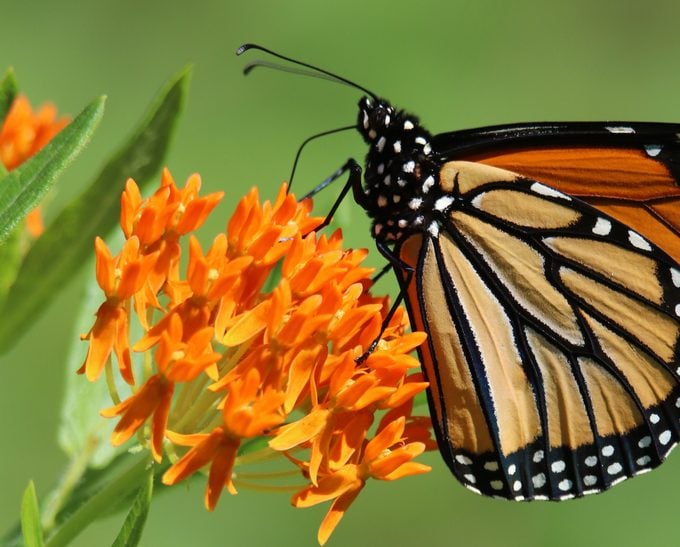5 Easy Ways to Attract and Help Butterflies
Updated: Nov. 29, 2023
Attract more butterflies to your backyard with a few simple steps. Plus learn tips to help butterflies by growing their favorite plants.
On This Page
Grow Host Plants to Attract Butterflies
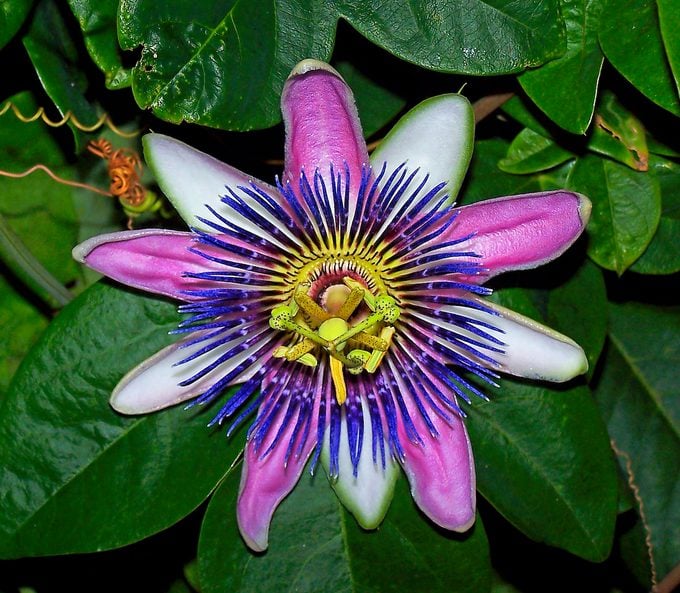
We just can’t stress enough how important it is to have host plants in your garden plan to attract and help butterflies. Milkweed is important for monarchs, but don’t stop there.
Check out our top 10 butterfly host plants.
Add Native Plants
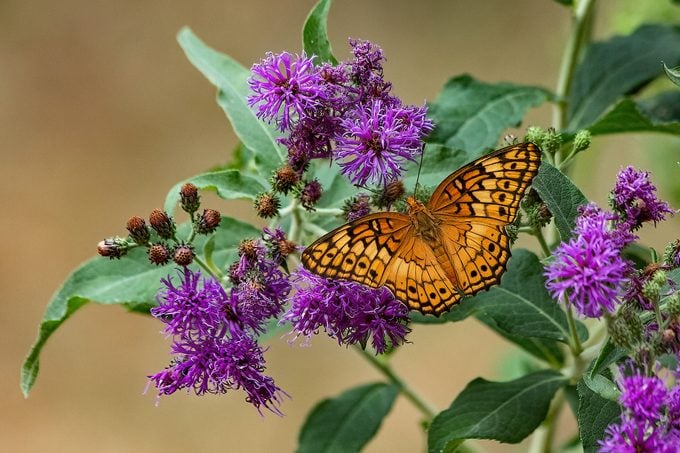
Native plants are naturally better for birds, bees and butterflies. If you’re overwhelmed about where to start, look up a good native plant source in your area. Then ask them what they recommend.
How does a butterfly survive winter?
Eliminate Pesticides
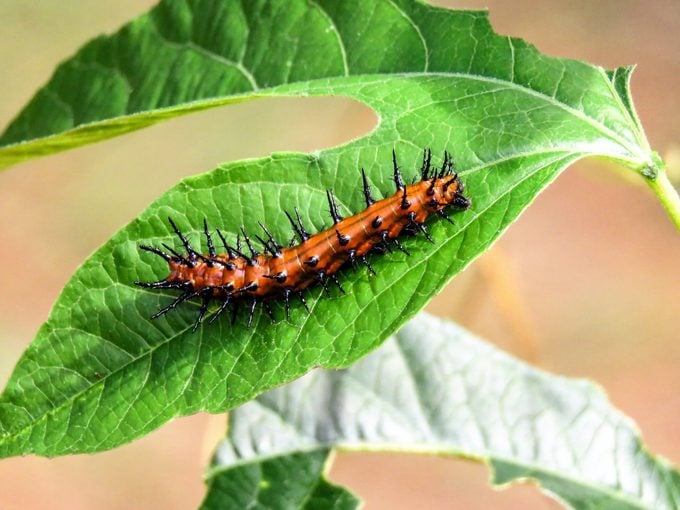
A caterpillar isn’t going to make it to the butterfly stage if you’re using pesticides in your yard. While it’s tempting to have weed-free, green lawns, to help butterflies it’s best to say no to yard chemicals.
Transform your yard into a butterfly migration hotspot.
Pick Flowering Plants with Long Blooming Time
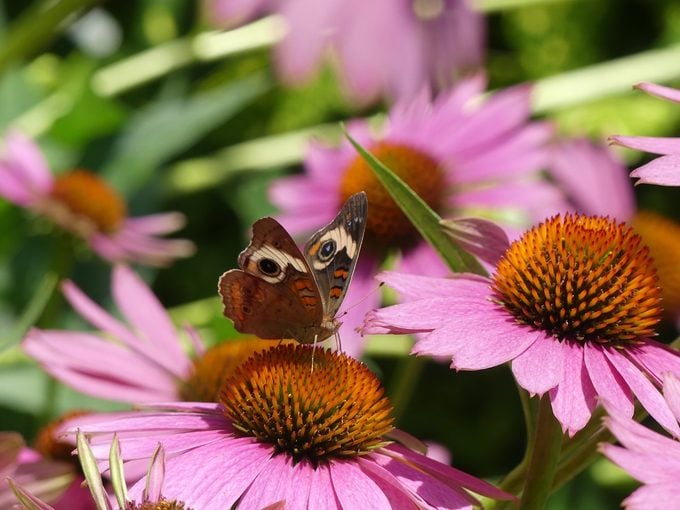
Butterflies are active as early as February and as late as November in many areas. (Of course, if you live in a warmer climate, you get an even longer butterfly season.) To help butterflies, offer plants with early and late season bloom times, so they always have something to eat. You can’t go wrong with this logic. It works great for attracting beneficial bees, too!
Here’s 16 long-blooming flowers for attracting butterflies and hummingbirds.
Watch the Butterflies That You Attract
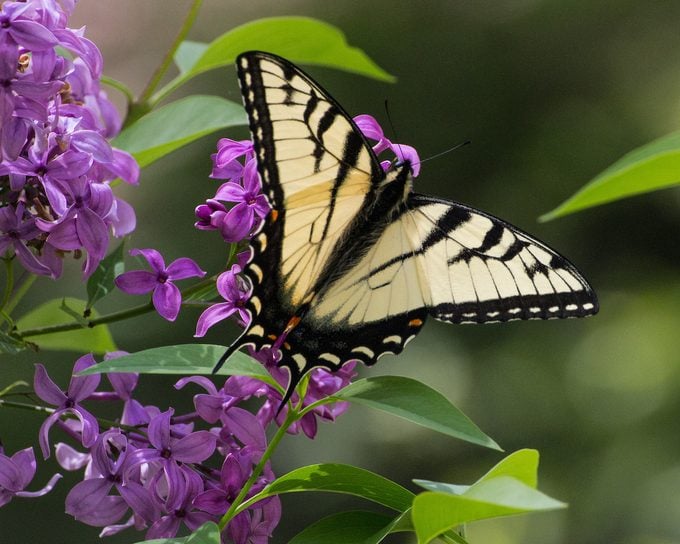
One of the best ways to discover which plants butterflies like is to watch them! Butterfly watching is best done in the heat of the day. You can learn a lot by observing the plants they visit most. If you don’t have a lot of butterfly activity in your own yard, go to a local park or botanical garden.
Check out the best monarch butterfly flowers you should grow
- More milkweed is better to attract monarch butterflies. Milkweed can be surprisingly hard to get started, so overseed to increase your chance of success.
- If you can’t get milkweed seeds started, buy plants. Native gardening groups can point you in the right direction for suppliers.
- Look for variety. With more than 100 species of milkweed, what works for some might not work for others. Don’t be afraid to try a few.





















